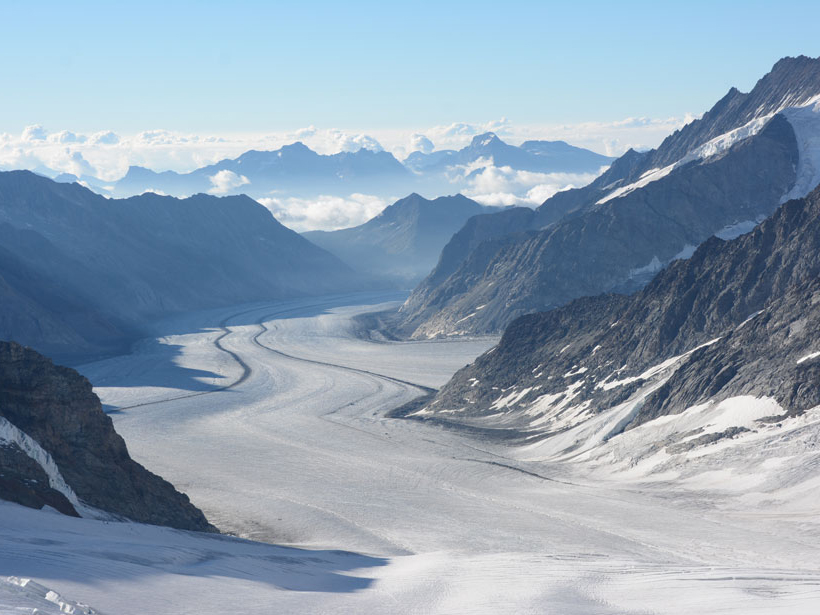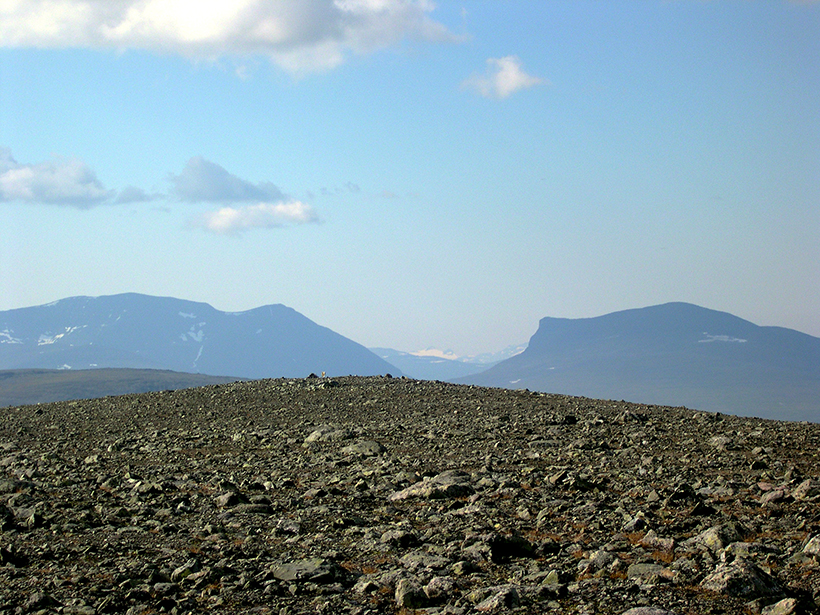The first application of aboveground neutron sensing to evaluate alpine snowpacks indicates that this method can reliably detect average snow depth and water content across intermediate distances.
Cosmic rays
Posted inResearch Spotlights
Cosmic Muons Reveal the Land Hidden Under Ice
Scientists accurately map the shape of the bedrock beneath a glacier using a new technique.
Posted inScience Updates
Deciphering the Cosmogenic Code to Learn Earth's Surface History
Third Nordic Workshop on Cosmogenic Nuclide Techniques; Stockholm, Sweden, 8–10 June 2016



